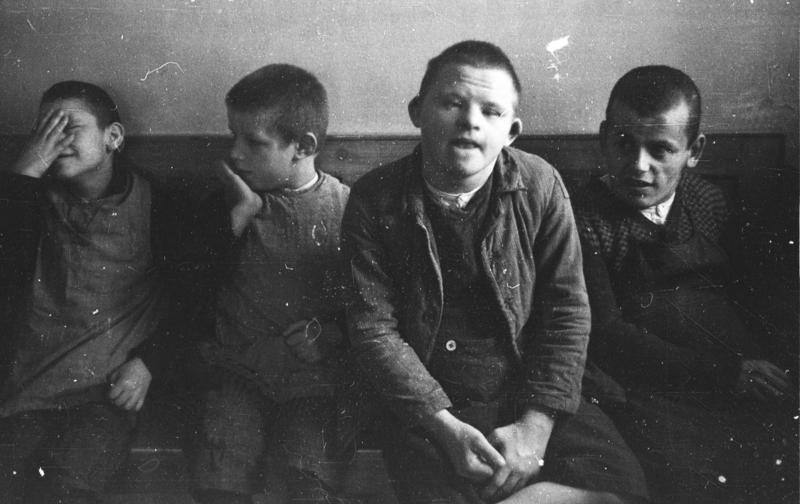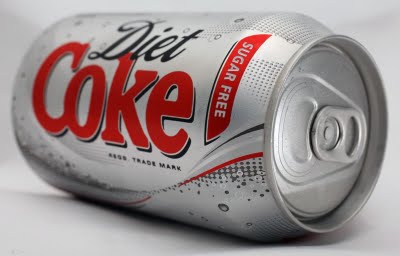 The Mediterranean Diet is more than a diet; It is a lifelong living style. You have to adopt it, as a religion. Decades ago, it was the natural way of life of many people around the Mediterranean Basin, especially in Spain, Italy and Greece. High activity, Mediterranean nutrition, anti stress attitudes and not much money shaped a culture that can be declared soon Immaterial Human Heritage by UNESCO. Nowadays, these circumstances have changed in the mentioned countries, but many responsible people are still keeping or returning to what is considered to be the healthiest diet in the world.Traditionally, Western Europe has two broad nutritional approaches - the Northern European and Southern European. The Mediterranean Diet is Southern European, and more specifically focuses on the eating habits of the people of Crete, much of Greece, and southern Italy. Today, Spain, southern France, and Portugal are also included; even though Portugal does not have a Mediterranean coast.
The Mediterranean Diet is more than a diet; It is a lifelong living style. You have to adopt it, as a religion. Decades ago, it was the natural way of life of many people around the Mediterranean Basin, especially in Spain, Italy and Greece. High activity, Mediterranean nutrition, anti stress attitudes and not much money shaped a culture that can be declared soon Immaterial Human Heritage by UNESCO. Nowadays, these circumstances have changed in the mentioned countries, but many responsible people are still keeping or returning to what is considered to be the healthiest diet in the world.Traditionally, Western Europe has two broad nutritional approaches - the Northern European and Southern European. The Mediterranean Diet is Southern European, and more specifically focuses on the eating habits of the people of Crete, much of Greece, and southern Italy. Today, Spain, southern France, and Portugal are also included; even though Portugal does not have a Mediterranean coast.What does the Mediterranean Diet include?
- Lots of plant foods
- Fresh fruit as dessert
- High consumption of beans, nuts, cereals and seeds
- Olive oil as the main source of dietary fat
- Cheese and yogurt as the main dairy foods
- Moderate amounts of fish and poultry
- No more than about four eggs each week
- Small amounts of red meat each week (compared to northern Europe)
- Low to moderate amounts of wine
- 25% to 35% of calorie intake consists of fat
- Saturated fat makes up no more than 8% of calorie intake
Even though Dr. Ancel Keys (USA), who was stationed in southern Italy, publicized the Mediterranean diet, it was not until about the 1990s that the Mediterranean diet was widely recognized and followed elsewhere by nutritionally conscious people.
Compared to other Western diets, the Mediterranean diet was seen by others as a bit of an enigma. Although fat consumption is high, the prevalence of hypertension, cardiovascular disease, obesity, cancer and diabetes has always been significantly lower in Mediterranean countries than northern European countries and the USA.



















